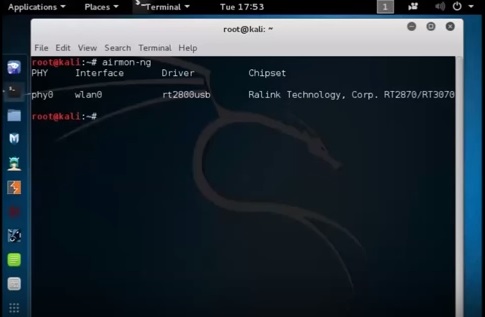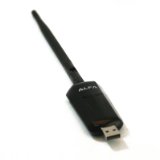

Once the flashing process gets completed, you should have a ready-to-run bootable USB Flash Drive with your selected operating system installed. This Universal USB Installer is very easy to use.Īll you have to do is simply choose a Live Linux Distribution, the ISO file, your Flash Drive and, click on the Install button. Universal USB Installer is a Live Linux USB Creator that allows us to choose from a selection of Linux Distributions to put on our USB Flash Drive. Method 2: Kali Linux Bootable USB Drive (Using USB Installer) Universal USB Installer Note: At the time of writing, Etcher usually uses MBR, which provides hardware compatibility for most systems. Once Etcher alerts you that the image has been flashed, you can safely remove the USB drive and proceed to boot into Kali with it.

Here, check the list of options for the USB drive to select the desired derive and click on the "Select" button.Īfter clicking on the " Flash!" button, you have to wait until the flashing process gets completed. Now click on the button labeled as "Select target". Now, click on the button labeled as "Flash from file" and locate the Kali Linux ISO file you want to flash. Open the Etcher by double-clicking on its icon.

Method 1: Creating a Bootable Kali USB Drive on Windows (Etcher) However (Systems with a direct SD card slot can use an SD card with a similar capacity just like the USB Drive), the process flashing will still remain the same. We will also need a USB drive of 8GB storage at least.You can download the etcher tool using the following link: In case, Etcher does not work for you, consider the Rufus. However, Rufus is another popular option with its advanced options. So, I will recommend Etcher (installer or portable) as it is simpler to use, and of course, it is free. If you are a Windows user like me, you would know that Windows does not have a single tool that can be considered as best for imaging. You can download the ISO file of Kali Linux from the following link: A verified copy of the appropriate ISO image of the latest Kali build image for the system you'll be running it on.To make Kali bootable USB derivative, we will need some items, which are listed below: So, without taking much time, let us see how to create a bootable USB Drive for Kali Linux using different tools. You can use any of the kali distros as you like. However, many other options are also available, like the kali Linux lite, Xfce, or KDE gui. There are many versions of Kali Linux, but in this tutorial, I am going to use the full 64-bit version because my computer is a 64bit system. One of the fastest methods for getting up and running with Kali Linux is to run it "live" from a USB drive. Next → ← prev Making a Kali Bootable USB Drive (Windows)


 0 kommentar(er)
0 kommentar(er)
